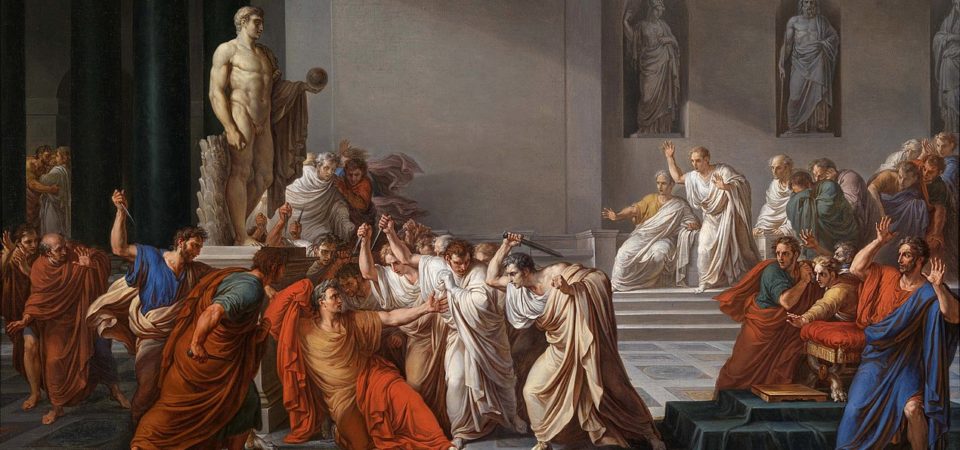Item Link: Access the Resource
Date of Publication: February 18
Year of Publication: 2024
Publication City: Melbourne, Australia
Publisher: The Conversation
Author(s): Daniel Hoyer
American humorist and writer Mark Twain is believed to have once said, “History doesn’t repeat itself, but it often rhymes.”
I’ve been working as a historian and complexity scientist for the better part of a decade, and I often think about this phrase as I follow different strands of the historical record and notice the same patterns over and over.
My background is in ancient history. As a young researcher, I tried to understand why the Roman Empire became so big and what ultimately led to its downfall. Then, during my doctoral studies, I met the evolutionary biologist turned historian Peter Turchin, and that meeting had a profound impact on my work.
I joined Turchin and a few others who were establishing a new field – a new way to investigate history. It was called cliodynamics after Clio, the ancient Greek muse of history, and dynamics, the study of how complex systems change over time. Cliodynamics marshals scientific and statistical tools to better understand the past. The aim is to treat history as a “natural” science, using statistical methods, computational simulations and other tools adapted from evolutionary theory, physics and complexity science to understand why things happened the way that they did.
Read the full article here.
The views and opinions expressed through the MAHB Website are those of the contributing authors and do not necessarily reflect an official position of the MAHB. The MAHB aims to share a range of perspectives and welcomes the discussions that they prompt.
